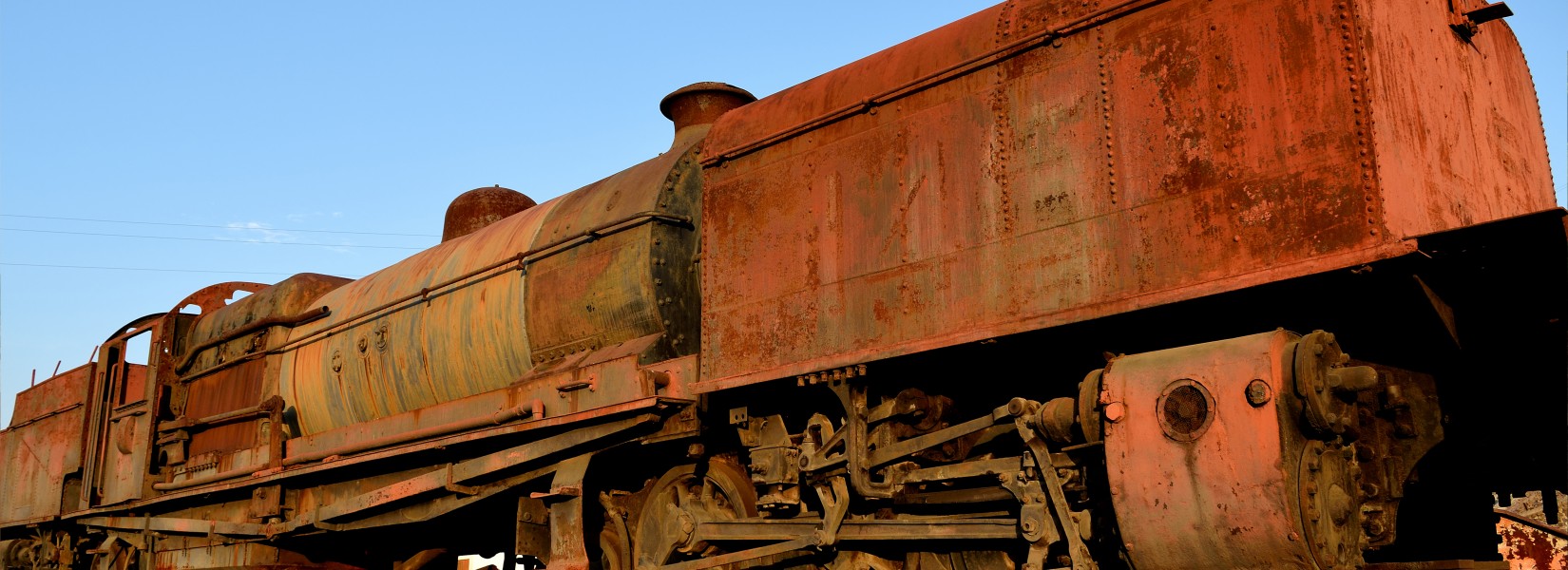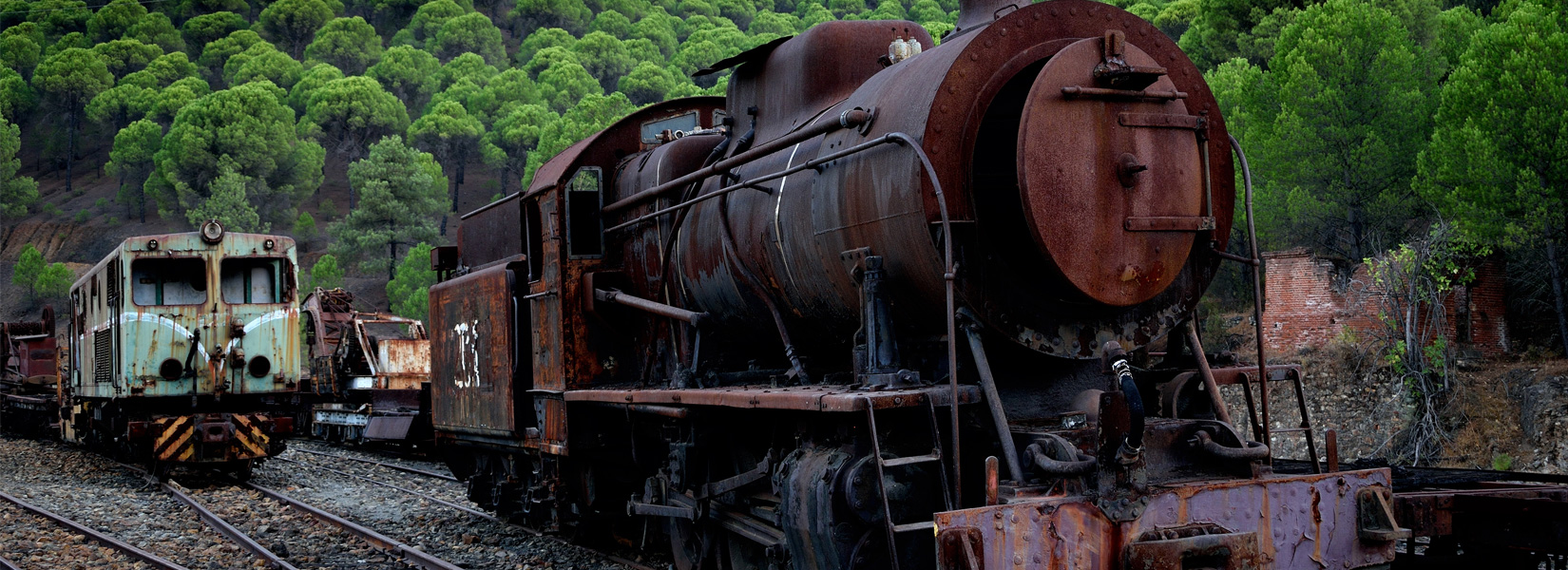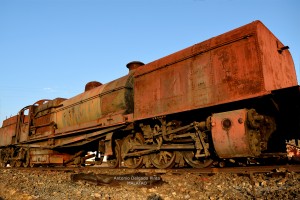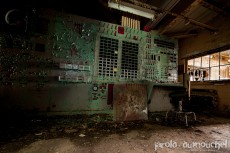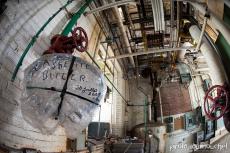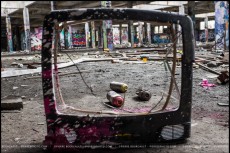The 150-room Adler Hotel on the northern edge of the village with its Spanish style architecture was the last great hotel built prior to the great depression in Sharon Springs. The five-story hotel opened in 1927 and closed after the 2004 summer...
The old Minas de Riotinto locomotives
Martian landscape in the heart of Spain
We are talking about over 5000 years of mining history in this area. The landscape has been changed forever, and it looks at some places like a alien planet where red, yellow, purple mingle with green, gray and ocher.
The ten abandoned trains account that the site today are only a small part of this industrial landscape that has been suddenly stopped in 1974. At its peak, there was more than 150 trains who were traversing the long and winding road which stretched over 84 km. Each train had between 20 and 50 cars full of pyrite.
The mine located in the town of Minas de Riotinto, as we know it today, began operating in 1875 and stopped almost 100 years later. Today, if the plant is closed, a museum exists on the site.
Related content
The use of asbestos by man does not date from yesterday. Already, more than 2000 years ago, the Greeks used in making funeral clothes. Its name comes from its property to withstand fire: άσβεστος (asbestos, meaning "indestructible").
Its...
For several times I passed by this little factory located in an old industrial area in the Eastern Townships, but I never been inside. Each time, I wondered if it was still active or abandoned. I must say that several tiles were broken, but I was...
No doubt, this is a mysterious building. There is no reliable information about this abandoned building on the Internet. Impossible to corroborate the details found here and there. Indeed, even the name of the building can’t be confirmed. While...

